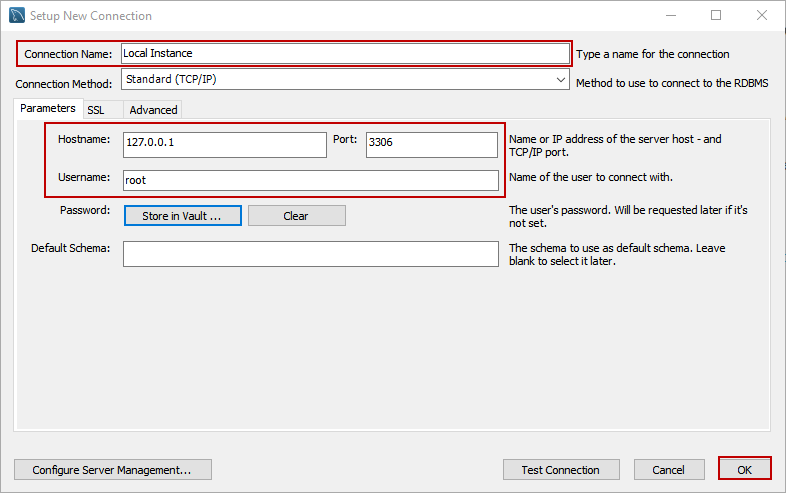

- #MYSQL SESSION LOG SHOWS MULTIPLE MAC ADDRESSES FOR EACH CLIENT IP HOW TO#
- #MYSQL SESSION LOG SHOWS MULTIPLE MAC ADDRESSES FOR EACH CLIENT IP INSTALL#
- #MYSQL SESSION LOG SHOWS MULTIPLE MAC ADDRESSES FOR EACH CLIENT IP SOFTWARE#
vdu-configuration : initial-config-primitive. mgmt-interface : true ! is important to set the mgmt interface for metrics collection. Navigate to Administration and expand Configuration.Įxpand the Adapter Instances and select vCenter Server.Įdit the vCenter Server instance and expand the Advanced Settings.Įdit the Collection Interval (Minutes) value and set to the desired value. See for more information.Īlthough it is not recommended, if a more frequent interval is desired, the following procedure can be used to change the collection interval: The collection interval is also 5 minutes, and can be changed, however, it will still report the rolling average for the past 5 minutes, just updated according to the collection interval. The rolling average for vROPS metrics is always 5 minutes. Instead the number of bytes sent for all interfaces is returned. Instead the number of bytes received for all interfaces is returned. Packets_in_dropped is not available and will always return 0. Since REL6 onwards, MON collects all the normalized metrics, with the following exceptions:
#MYSQL SESSION LOG SHOWS MULTIPLE MAC ADDRESSES FOR EACH CLIENT IP HOW TO#
NS: running for the whole NS, after VNFs have been configured, to handle interactions between them.įor detailed instructions on how to add cloud-init or charms to your VNF, visit the following references:įurthermore, you can find a good explanation and examples in this presentation VNF: running globally for the VNF, for the management VDU that represents it. VDU: running a per-vdu charm, with individual actions for each. Proxy charms: the set of scripts run in LXC containers in an OSM-managed machine (which could be where OSM resides), which use ssh or other methods to get into the VNF instances and configure them. Native charms: the set of scripts run inside the VNF components.
#MYSQL SESSION LOG SHOWS MULTIPLE MAC ADDRESSES FOR EACH CLIENT IP SOFTWARE#
In OSM, Day-0 is usually covered by cloud-init, as it just implies basic configurations.ĭay-1 and Day-2 are both managed by the VCA (VNF Configuration & Abstraction) module, which consists of a Juju Controller that interacts with VNFs through “charms”, a generic set of scripts for deploying and operating software which can be adapted to any use case.
#MYSQL SESSION LOG SHOWS MULTIPLE MAC ADDRESSES FOR EACH CLIENT IP INSTALL#
import ssh-keys, create users/pass, network configuration, etc.)ĭay-1: The machine gets configured for providing services (e.g.: Install packages, edit config files, execute commands, etc.)ĭay-2: The machine configuration and management is updated (e.g.: Do on-demand actions, like dump logs, backup databases, update users etc.) VNF configuration is done in three “days”:ĭay-0: The machine gets ready to be managed (e.g. Understanding Day-1 and Day-2 Operations ¶ ANNEX 7: Kubernetes installation and requirementsĥ.3. ANNEX 6: Tests to validate VIM capabilities from OSM ANNEX 2: Reference of OSM Client commands and library

KNF Service on-boarding and instantiation Multi-site deployments (specifying different VIM accounts for different VNFs) Force floating IP address for an interface Specify IP address and/or MAC address for an interface Specify IP profile information for an internal VLD of a VNF

Specify IP profile information and IP for a NS VLD Specify a VIM network (provider network) to be created with specific parameters (physnet label, encapsulation type, segmentation id) for a NS VLD Specify a VIM network name for an internal VLD of a VNF Advanced instantiation: using instantiation parameters Setup of Virtual Infrastructure Managers (VIMs)


 0 kommentar(er)
0 kommentar(er)
